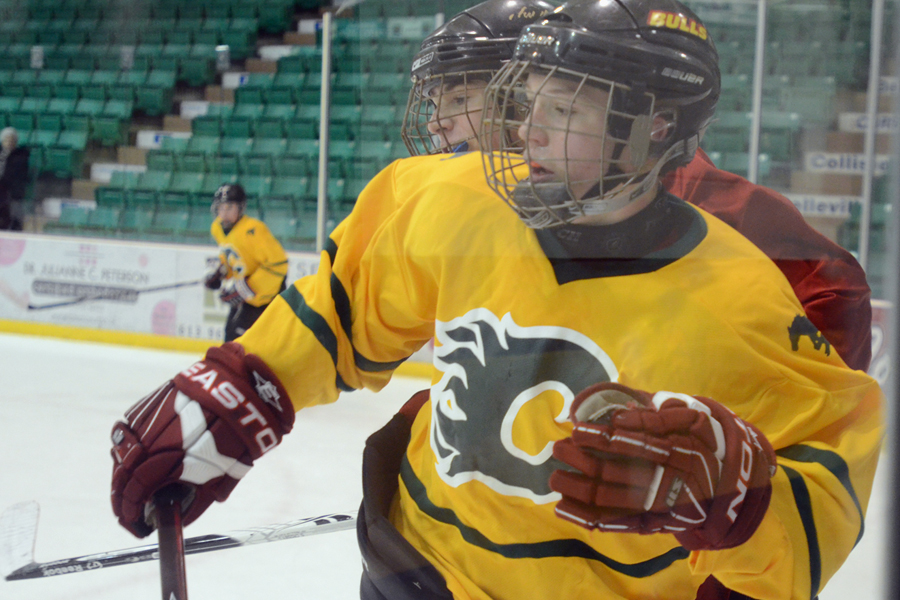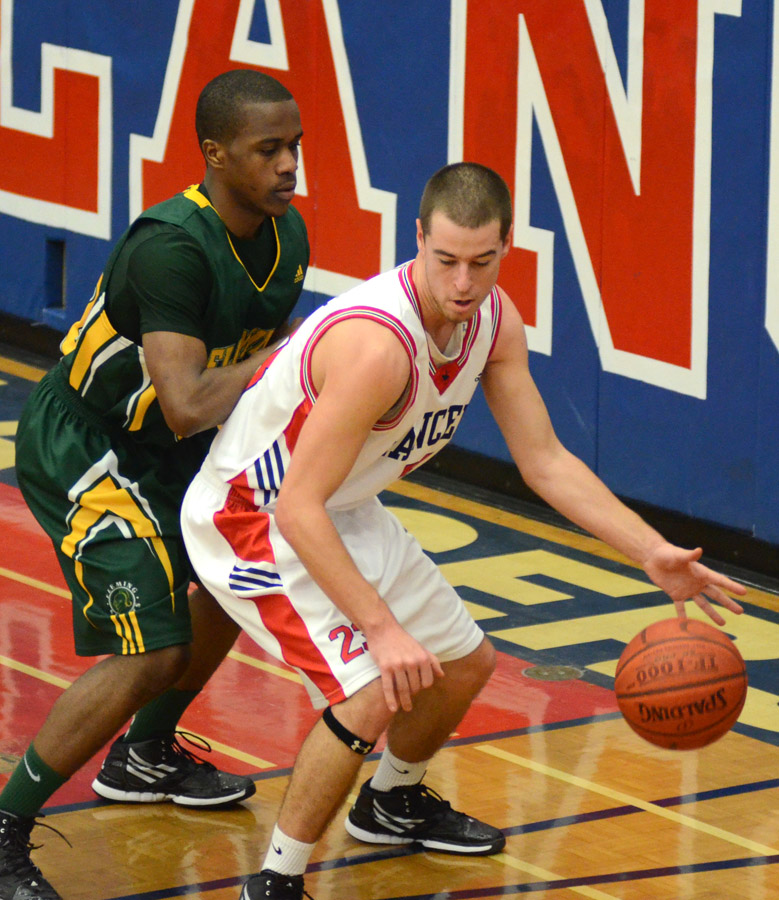No post-secondary recruitment process is the same
Every year post-secondary schools all over Canada are faced with the task of recruiting athletes for their respected sports teams.
Even though every school is striving to do the same thing, they all have their own unique way of doing things.
“There is no real sort of one set way to recruit, said Loyalist Athletic Director Jim Buck. “You’ve got to be active, you’ve got to use all of the contacts possible, you’ve got to get your name out there and try and build your program so that the program sells itself.”
For most schools the process is a joint effort and involves the entire athletic department working together to recruit the players they want.

“Recruiting is not something that really can be done by one person, said Valdis Tomsons, coordinator of athletic services at Queen’s University. “But it is definitely the head coach that would be driving all of the efforts.”
The head coaches may be the ones that do the majority of the work but they do get some help from the rest of their staff.
The assistant coaches and the athletic coordinators are all involved in the process of locating and recruiting potential student athletes.
“I’m there to guide the coaches on how to recruit properly and what our guidelines are,” said Buck. “I try to provide more information on Loyalist itself and see if it is a good fit for that particular kid.”
Many of the schools also have different philosophies on how to scout players and when the initial contact should be made.
Some schools like to go to events like high school championships or local club tournaments, while others will choose to network with local coaches.
“We tend to go to a lot of the OFSSA (Ontario Federation of Secondary School Athletics) championships, said Fred Batley, athletic coordinator for Fleming College in Peterborough. “That’s our first point of contact with a lot of athletes that we are looking at recruiting. Then, from there (the coaches) would identify those athletes that they think they can attract to the college.”
Some bigger institutions such as Queens University in Kingston would have more resources and be able to send out more scouts to look at athletes.
“That initial identification happens that the local level all over Canada,” said Tomsons. “Our coaches will then either be looking at videotape or trying to visit in person. We have coaches going all over the country looking at athletes and actively recruiting.”
Other coaches, such as Loyalist’s women’s basketball coach Chris Eligh, prefer to build a network of coaches and alumni that can help them spot potential recruits.
“My first couple years I really networked with coaches,” said Eligh. “Nowadays I message them out and they send more information back to me. So never burn a bridge, be respectful of everybody you talk to, because you never know if they can help you at the end of the day.”
Each school has their own specific type of athlete they are looking for. Some schools have guidelines and academic requirements. Other schools are just looking for the best athlete they can find.
This is especially true for universities such as Queens, a post-secondary institution that has strict entrance guidelines.
“You need a minimum of an 80% average from high school to get (into Queen’s) and that is pretty high compared to some other universities,” said Tomsons. “So we have our own little challenges and that makes out coaches really focus on certain high schools. We can’t just recruit anybody because they need the grades as well.”
Colleges have a slight advantage on universities in this area because most college have lower entrance requirements. But just because a student is accepted to the college doesn’t mean they aren’t expected to keep up their academics.
“I can’t recruit just based on skill, I need a student athlete,” said Eligh

Fleming College is one institution that doesn’t much stress on academic success as other schools might.
“A lot of (students) are recruited based on their athletic (skill),” said Batley. “Then you hope that they can maintain that academic GPA, (which is a 2.0) in the OCAA.”
Another reason why many in eastern Ontario have difficulty recruiting is because of their location. Many of the schools are off away from the major cities with causes them issues when trying to entice player to coming to their schools.
“It’s tough because we are a smaller school and in a smaller town, said Batley. “It’s more the basketball that it really hinders are recruiting because a lot of (the athletes) can stay in the metro area or go to those cities right off the 401. They see Peterborough as being so far away.”
Tomsons feels that the locations has an effect on all Canadian schools as the temptation of going and playing south of the border in the NCAA is still their.
“I think Canadian universities are a little, bit unique in that it is the academic institutions that are the attractive pieces, said Tomsons. “You can go play sports anywhere, but what kind of degree are you going to get. I guess those are the incentives, looking at the whole package.”

